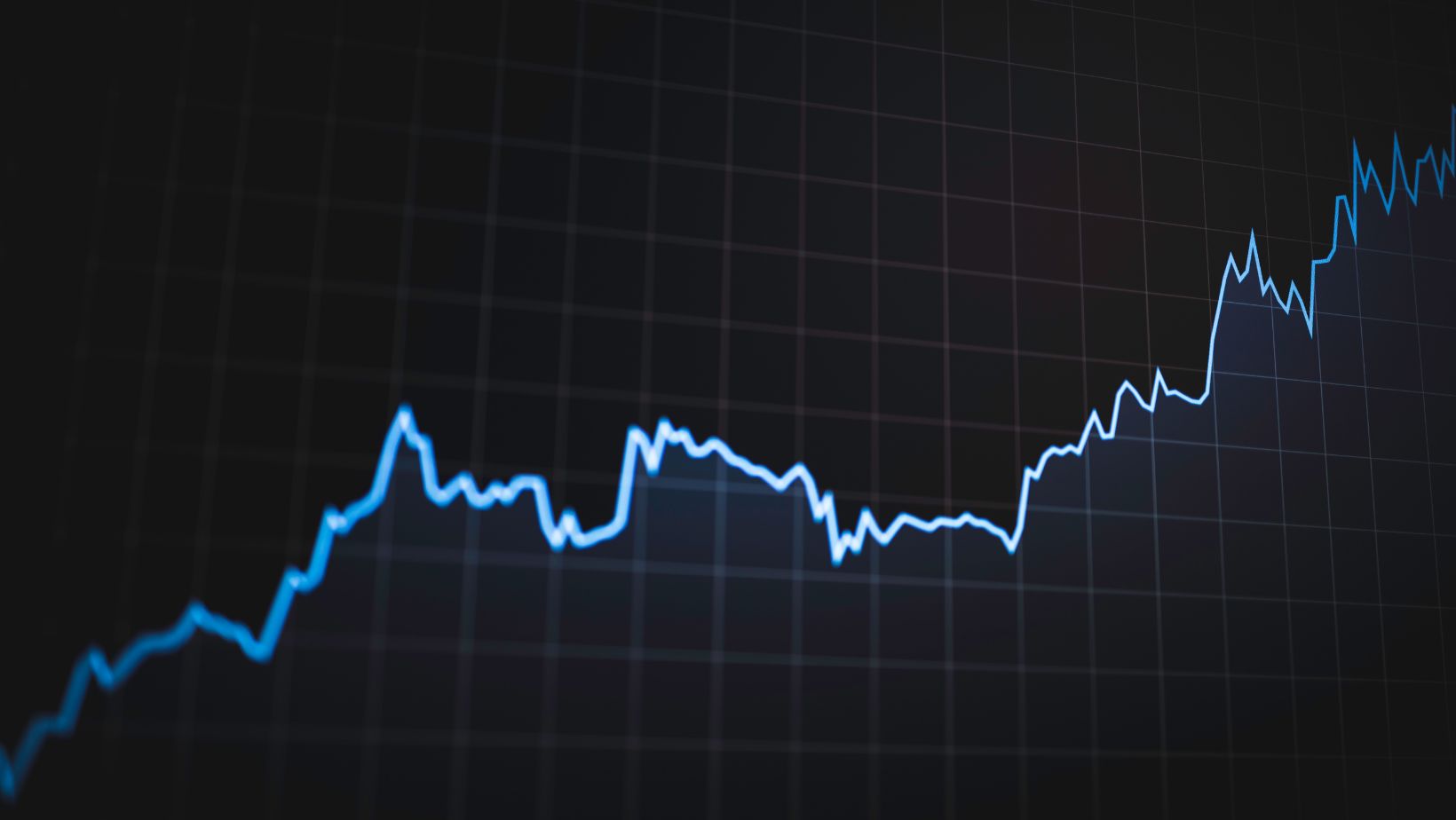 The Mishnah, as the foundational text of Rabbinic Judaism, is dense, layered, and at times daunting to modern readers. Its unique structure, often lacking a linear narrative or context, requires a different kind of engagement. While traditional study emphasizes memorization and commentary, contemporary learners increasingly seek methods that support understanding through visual clarity. Charts, timelines, and comparative tables have emerged as transformative tools in this effort.
The Mishnah, as the foundational text of Rabbinic Judaism, is dense, layered, and at times daunting to modern readers. Its unique structure, often lacking a linear narrative or context, requires a different kind of engagement. While traditional study emphasizes memorization and commentary, contemporary learners increasingly seek methods that support understanding through visual clarity. Charts, timelines, and comparative tables have emerged as transformative tools in this effort.
We will explore how visual aids help demystify the Mishnah’s format, organize intricate discussions, and highlight concept relationships. When applied effectively, these tools support retention and reshape how the https://www.chevrahlomdeimishnah.org/product/mishnah-charts/ is approached. Visual learning invites students into deeper interaction with the text, allowing the logic and design of rabbinic thought to emerge in a more intuitive and accessible way. Through visual methods, abstract halachic categories become more tangible, and even complex disagreements gain structure and form that assist in meaningful comprehension.
Ways Charts Bring Structure to Mishnah Study
Clarifying the Mishnah’s Hierarchical Structure
The Mishnah is divided into six orders (Sedarim), each containing multiple tractates (Masechtot), which are then subdivided into chapters (Perakim) and individual teachings (Mishnayot). Understanding where a given Mishnah fits within the broader context can be challenging for those unfamiliar with this multi-level layout. Visual charts act as a guide to this hierarchy. A color-coded table, for instance, can show how each tractate aligns with one of the six orders, offering an immediate grasp of its thematic connection.
 Visual hierarchies also help students place a specific law or debate in its appropriate legal category—whether it concerns agriculture, festivals, marriage, or purity. These aids help learners to orient themselves before delving into detailed study. Rather than seeing the Mishnah as a list of disconnected teachings, a chart provides a map of the textual landscape. This reinforces coherence, builds mental organization, and prepares the mind to receive complex content with greater clarity.
Visual hierarchies also help students place a specific law or debate in its appropriate legal category—whether it concerns agriculture, festivals, marriage, or purity. These aids help learners to orient themselves before delving into detailed study. Rather than seeing the Mishnah as a list of disconnected teachings, a chart provides a map of the textual landscape. This reinforces coherence, builds mental organization, and prepares the mind to receive complex content with greater clarity.
Making Comparisons Across Multiple Mishnayot
One of the Mishnah’s defining features is the presentation of multiple opinions without always offering conclusions. This leaves readers to evaluate divergent perspectives from different sages, sometimes over several chapters. Creating comparative charts that align viewpoints side by side helps bring order to what might otherwise feel like a flood of information. These visual tools can group positions by rabbi, outcome, or principle. They also highlight when disagreements are semantic, practical, or rooted in scriptural interpretation.
Students can begin to understand the philosophical or methodological differences between schools like Beit Hillel and Beit Shammai by identifying patterns across multiple sections. Visual summaries prevent confusion and encourage analytical thinking. Instead of rereading the same Mishnah multiple times in search of clarity, learners can quickly reference a chart and see clear distinctions. Over time, this reinforces the student’s ability to identify legal reasoning and enhances confidence in engaging with complex halachic disputes.
Mapping the Flow of Logic in Legal Discussions
Though the Mishnah often appears fragmented, many teachings follow a logical sequence. Some discussions unfold as a chain of reasoning, introducing a premise, then developing through exceptions, applications, or questions. However, the brevity of the text and its absence of transitions can obscure this flow. Flowcharts have become highly useful in revealing internal logic. By diagramming the progression of an argument—showing conditional statements, consequences, and branching possibilities—students can track the rabbinic method of thought more clearly.
 Visual logic trees help decode when a Mishnah moves from the general to the specific or shifts from law to ethical reflection. These charts train learners to think about what the Mishnah says and how it constructs its message. The visual format promotes a methodical approach to learning, guiding students to look for structure even when it’s not explicitly marked in the text itself.
Visual logic trees help decode when a Mishnah moves from the general to the specific or shifts from law to ethical reflection. These charts train learners to think about what the Mishnah says and how it constructs its message. The visual format promotes a methodical approach to learning, guiding students to look for structure even when it’s not explicitly marked in the text itself.
Identifying Thematic Patterns Within a Tractate
Beyond isolated teachings, many tractates of the Mishnah are arranged around core themes that evolve subtly over several chapters. Recognizing these themes requires reading the text as a whole, but that can be overwhelming without a system. Thematic charts provide an at-a-glance overview of where certain motifs appear, such as ritual purity, economic fairness, or judicial procedure. These charts might track recurring keywords, legal categories, or scenarios discussed. The ability to see a theme develop across chapters helps contextualize individual laws.
It also sheds light on how the Sages conceived of law, not only as prescriptive rulings but as reflections of broader values and social order. Thematic visuals guide learners toward seeing coherence in texts that initially seem piecemeal. In doing so, students grow attuned to the deeper narrative embedded within legal discussion. This kind of chart doesn’t simplify the text but opens a new dimension of appreciation.
Using visual aids like charts, tables, and diagrams in Mishnah study is not a modern shortcut—it is a method that enhances understanding, strengthens memory, and clarifies complexity. These tools transform how students of all backgrounds approach rabbinic texts, making abstract concepts more tangible and fragmented arguments more cohesive.
Whether outlining its hierarchical structure, comparing sages’ views, mapping logic, tracing themes, or linking across traditions, charts offer a dynamic and illuminating path through the text. They assist in studying and fostering a deeper appreciation for Mishnah’s design and purpose. In a world where visual literacy is increasingly central, integrating these methods into traditional learning ensures that the Mishnah speaks clearly, even to new generations of learners.